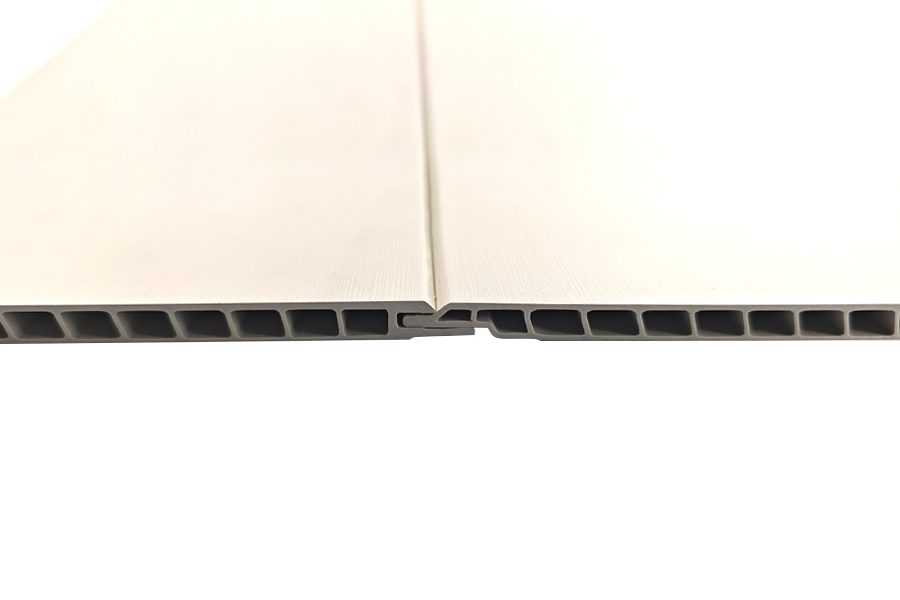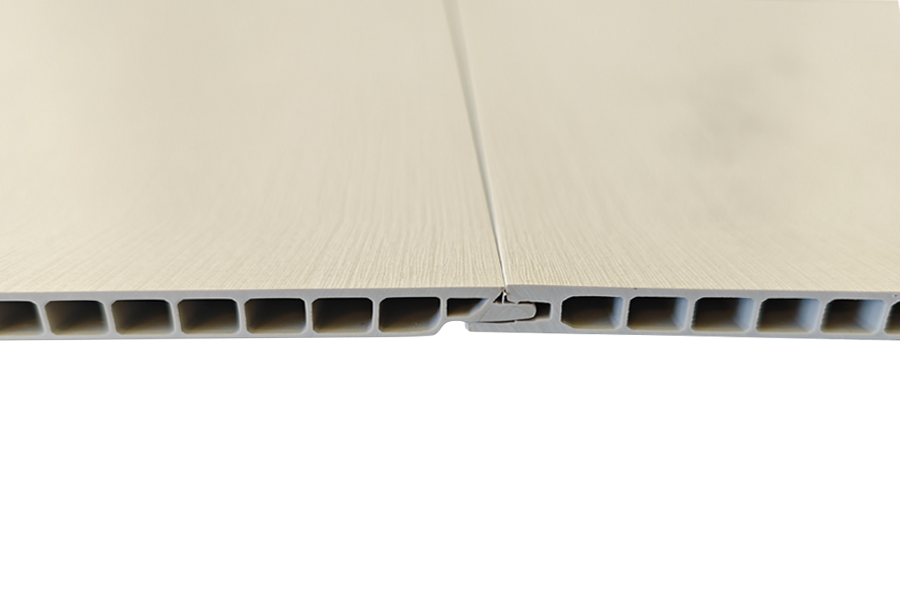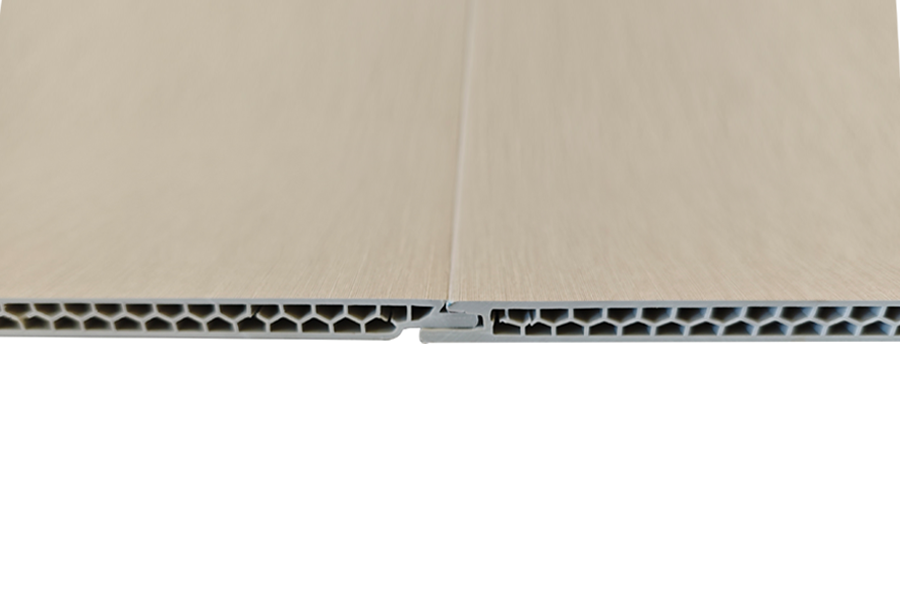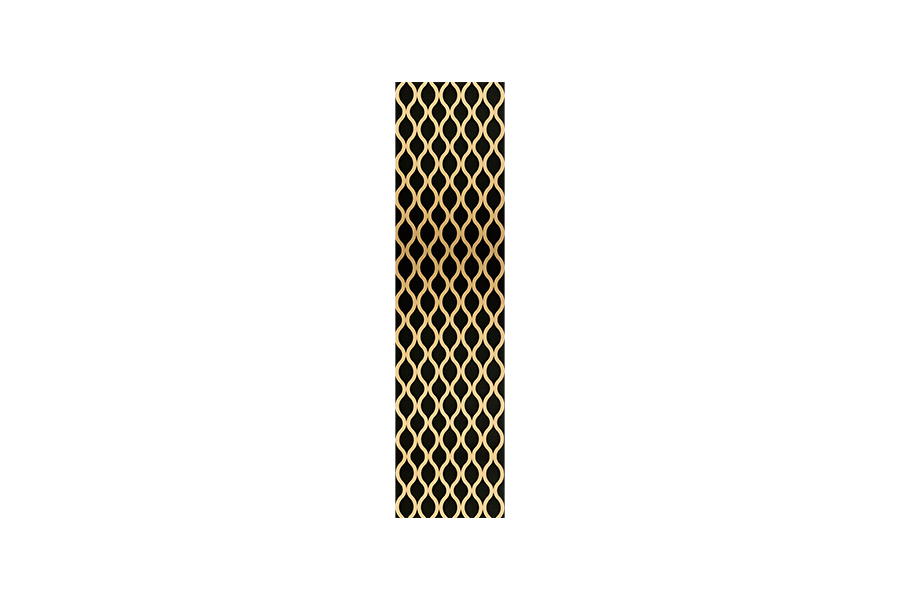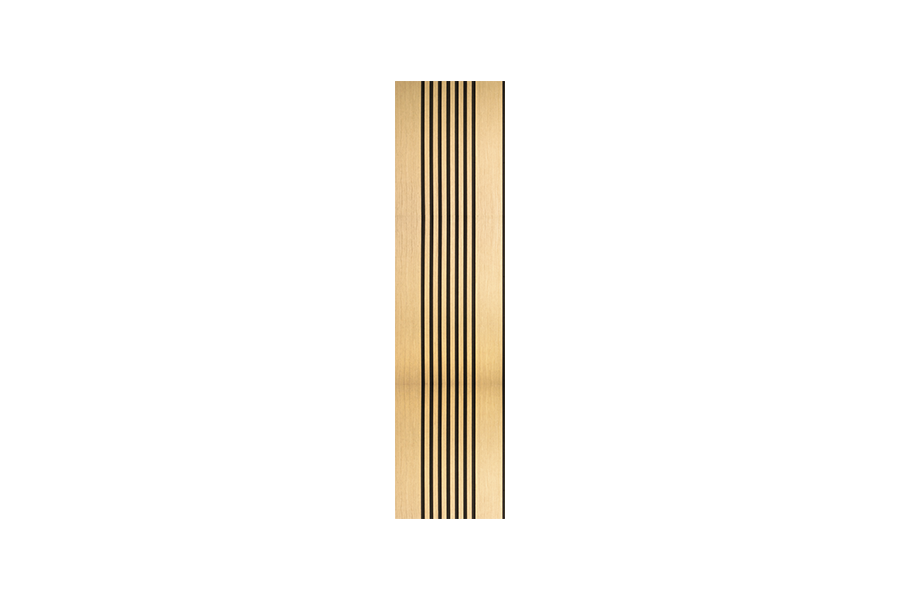As sustainable construction and interior design continue to grow in popularity, homeowners and builders are increasingly exploring eco-friendly options like bamboo wood boards and WPC (wood plastic composite) materials. Both materials are recognized for their environmental advantages and durability, but when it comes to scratch resistance, how do they really compare?
Understanding Bamboo Wood Boards
Bamboo wood boards are crafted by compressing bamboo fibers under high heat and pressure. Known for their strength and sustainability, these boards are made from one of the fastest-growing plants in the world. The natural hardness of bamboo wood material makes it a popular choice for flooring, furniture, and paneling.
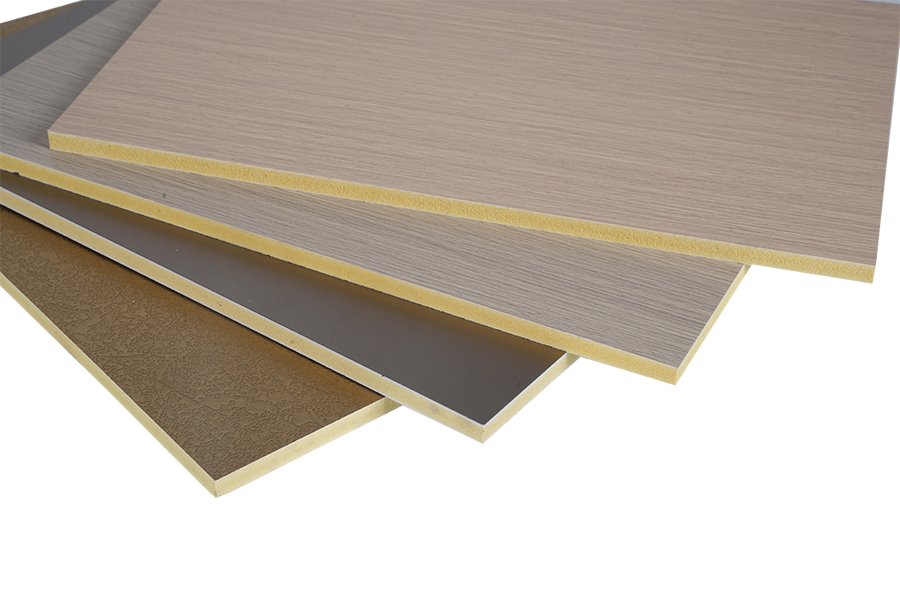
However, bamboo wood boards vary in quality depending on the manufacturing process. While strand-woven bamboo is extremely hard and more resistant to wear and tear, lower-density bamboo can be more susceptible to surface scratches. It's important to understand the grade and finish of the bamboo wood material before making a decision, especially for high-traffic or high-use areas.
Exploring WPC as a Composite Board Material
Wood plastic composite (WPC) is a modern composite board material made from a mixture of recycled plastic and wood fibers. It's engineered to offer a uniform structure and high resistance to moisture, pests, and decay. Thanks to its synthetic composition, WPC provides a smooth surface that is highly consistent and requires less maintenance than natural wood.
In terms of scratch resistance, WPC performs well under moderate use. Most WPC boards are coated with a durable outer layer or cap stock that helps prevent surface damage. This makes it a solid contender for outdoor decking, wall cladding, and other applications where durability is key.
Scratch Resistance: Bamboo vs WPC
When comparing bamboo wood boards and WPC on scratch resistance alone, the results depend heavily on the quality and intended application. High-quality bamboo wood material such as strand-woven types can offer outstanding scratch resistance—sometimes even outperforming hardwoods. However, these surfaces may still show minor scratches over time, especially if used without proper sealing or finishing.
WPC, on the other hand, provides a more predictable level of scratch resistance thanks to its engineered composition. While it's not impervious to damage—sharp objects or heavy furniture can still leave marks—it typically fares better in resisting everyday wear in busy environments. This gives WPC an edge in high-traffic settings or outdoor areas where impact and abrasion are more likely.
Maintenance and Longevity
Both bamboo wood material and WPC have unique maintenance requirements. Bamboo wood boards need to be sealed and refinished periodically to retain their scratch resistance and visual appeal. Without proper care, the surface may dull or become more prone to damage.
WPC requires less maintenance overall. Its plastic content helps it resist moisture and scratching, making it a lower-maintenance composite board material for outdoor or humid conditions. Regular cleaning is usually sufficient to maintain its appearance.
Aesthetic and Environmental Considerations
Beyond scratch resistance, other factors like appearance and environmental impact may influence your choice. Bamboo wood boards offer a natural, elegant grain that is difficult to replicate with synthetic products. For those who prefer organic textures and a renewable resource, bamboo wood material is the clear winner.
WPC, while less natural in appearance, offers a wide range of colors and finishes that mimic wood. As a composite board material, it utilizes recycled content and reduces the demand for virgin timber, making it a sustainable option in its own right.
If scratch resistance is your top priority, and you're installing in a space with heavy use or outdoor exposure, WPC may be the better composite board material. However, if you prioritize natural aesthetics and are willing to invest in proper care, bamboo wood boards—particularly high-density types—can provide both beauty and durability.






 Español
Español عربى
عربى русский
русский

